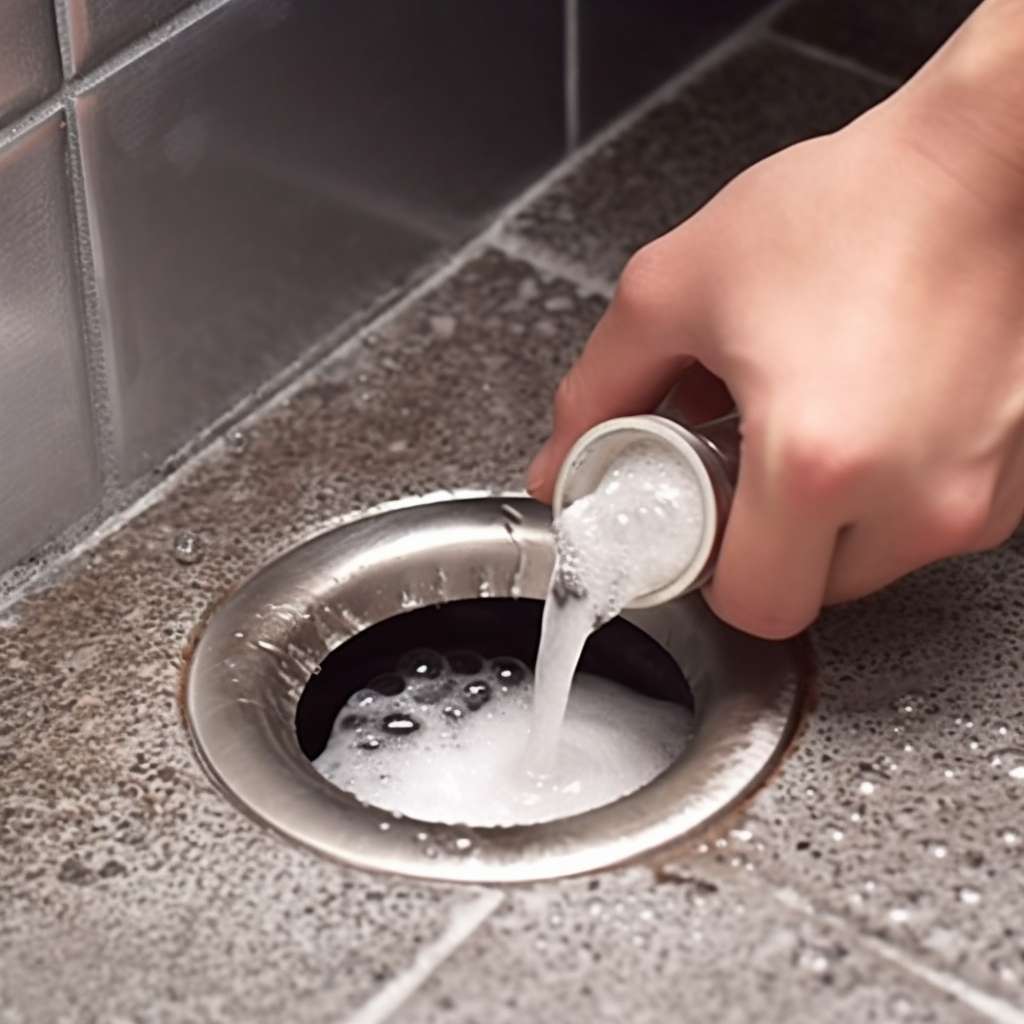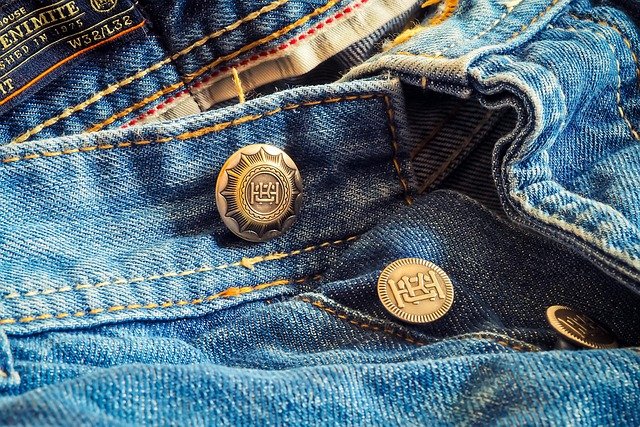Kitchen and Cookware Care: A Complete Cleaning Guide
Keeping your kitchen spotless and your cookware gleaming requires more than just elbow grease. Understanding which cleaning products work best for different surfaces and stains can save you time, effort, and money. From tackling stubborn grease on stovetops to maintaining the shine of stainless steel pots, the right approach makes all the difference in preserving your kitchen's appearance and hygiene.

What Are Effective Stain Removal Strategies for Kitchens and Cookware?
Kitchen stains come in many forms, from burnt-on food residue to grease splatters and water spots. The key to effective stain removal lies in matching the cleaning method to the type of stain and surface. For general kitchen surfaces, a mixture of warm water and mild dish soap often suffices for daily cleaning. However, tougher stains require specialized approaches.
For burnt food on cookware, soaking the affected area in warm water with baking soda for 15 to 30 minutes can loosen debris before scrubbing. Grease stains on countertops respond well to degreasers or a solution of vinegar and water. When dealing with stainless steel surfaces, always scrub in the direction of the grain to avoid scratching. For ceramic or non-stick cookware, avoid abrasive cleaners that can damage protective coatings. Instead, use soft sponges and gentle cleaning agents designed for delicate surfaces.
Regular maintenance prevents stains from setting in. Wiping down surfaces immediately after cooking and addressing spills promptly reduces the need for intensive scrubbing later. For stubborn stains that resist initial treatment, creating a paste from baking soda and water and letting it sit on the stain for several hours can break down residue effectively.
How Can You Find the Right Stainless Steel Cookware Solutions?
Stainless steel cookware is prized for its durability and heat distribution, but it requires proper care to maintain its appearance. Discoloration, water spots, and burnt food can make even high-quality stainless steel look worn. Understanding how to clean and maintain these items ensures they remain functional and attractive for years.
For everyday cleaning, warm soapy water and a non-abrasive sponge work well. For tougher stains or discoloration, specialized stainless steel cleaners can restore shine. Alternatively, a paste made from baking soda and water can be applied to problem areas, left for a few minutes, then scrubbed gently with a soft cloth. Vinegar is particularly effective for removing water spots and mineral deposits. Simply apply white vinegar to the affected area, let it sit briefly, then rinse and dry thoroughly.
Burnt food on stainless steel pans can be addressed by filling the pan with water, adding a few tablespoons of baking soda, bringing it to a boil, then allowing it to cool before scrubbing. This method loosens burnt residue without damaging the metal. To prevent future staining, always preheat stainless steel cookware before adding oil or food, and avoid using high heat unnecessarily. After cleaning, drying cookware immediately prevents water spots from forming.
Powder, Cream, or Foam: Which Cleaning Product Form Works Best?
Cleaning products come in various forms, each with distinct advantages depending on the task at hand. Powdered cleaners typically offer strong abrasive action, making them suitable for heavy-duty scrubbing on durable surfaces like sinks, bathtubs, and some cookware. They often contain ingredients like baking soda or other mild abrasives that physically lift stains and grime.
Cream cleaners provide a middle ground between powders and liquids. They contain mild abrasives suspended in a creamy base, allowing for effective cleaning without excessive scratching. These work well on stainless steel, porcelain, and ceramic surfaces where you need scrubbing power but want to minimize the risk of damage. Cream cleaners also tend to cling to vertical surfaces better than liquids, making them ideal for cleaning oven doors or tile walls.
Foam cleaners excel at coverage and penetration. They expand to reach into crevices and coat surfaces evenly, making them particularly effective for ovens, grills, and other areas with complex geometries. The foam consistency allows the cleaning agents to work longer without running off, giving them time to break down grease and burnt-on food. However, foam cleaners may require more rinsing than other forms and are often formulated for specific applications.
The choice between powder, cream, or foam depends on your specific cleaning needs. For general kitchen surfaces and daily maintenance, cream cleaners offer versatility and ease of use. For heavy-duty jobs requiring significant scrubbing power, powdered cleaners may be more effective. For specialized tasks like oven cleaning or degreasing hard-to-reach areas, foam products provide superior coverage and dwell time.
| Product Type | Common Brands | Typical Cost Range | Best Used For |
|---|---|---|---|
| Powder Cleaners | Bar Keeper’s Friend, Bon Ami, Ajax | $2 - $8 per container | Heavy-duty scrubbing, sinks, cookware |
| Cream Cleaners | Soft Scrub, Cif, Jif | $3 - $7 per bottle | Stainless steel, ceramic, general surfaces |
| Foam Cleaners | Easy-Off, Goo Gone, Mr. Muscle | $4 - $10 per can | Ovens, grills, vertical surfaces |
| Stainless Steel Cleaners | Weiman, CLR, Bar Keeper’s Friend | $5 - $12 per bottle | Cookware, appliances, fixtures |
Prices, rates, or cost estimates mentioned in this article are based on the latest available information but may change over time. Independent research is advised before making financial decisions.
What Should You Consider When Choosing Cleaning Solutions?
Selecting the right cleaning solutions involves considering several factors beyond just effectiveness. Safety is paramount, especially in food preparation areas. Look for products that rinse cleanly and do not leave harmful residues. Many modern cleaners are formulated to be food-safe once rinsed, but always check labels and follow usage instructions.
Environmental impact is another consideration. Eco-friendly cleaning solutions use biodegradable ingredients and sustainable packaging, reducing your household’s environmental footprint. While these products may sometimes cost slightly more, they offer peace of mind for environmentally conscious consumers.
Surface compatibility matters greatly. Using the wrong cleaner can damage finishes, void warranties, or create safety hazards. Always verify that a product is suitable for the surface you intend to clean. When in doubt, test in an inconspicuous area first. For cookware, check manufacturer recommendations to ensure your cleaning method won’t compromise non-stick coatings or other special finishes.
Finally, consider convenience and storage. Concentrated products that can be diluted offer better value and take up less space. Multi-purpose cleaners reduce the number of products you need to store. However, specialized cleaners often outperform general-purpose options for specific tasks, so finding the right balance for your household needs is key.
Maintaining a Clean Kitchen Over Time
Consistent maintenance makes deep cleaning less necessary and keeps your kitchen looking its best. Establishing daily habits like wiping down surfaces after cooking, washing dishes promptly, and addressing spills immediately prevents buildup that requires intensive scrubbing later. Weekly tasks might include cleaning appliance exteriors, scrubbing sinks thoroughly, and deep-cleaning one or two pieces of cookware.
Monthly maintenance can involve more thorough cleaning of ovens, refrigerators, and other appliances. This regular attention prevents grime from accumulating to the point where harsh chemicals or excessive effort becomes necessary. By rotating through different areas each week, you distribute the workload and maintain overall cleanliness without dedicating entire days to kitchen cleaning.
Investing in quality cleaning tools also pays dividends. Microfiber cloths, non-scratch scrubbers, and appropriate brushes make cleaning more efficient and effective. Replace worn tools regularly to maintain cleaning performance and avoid inadvertently scratching surfaces with degraded materials.




